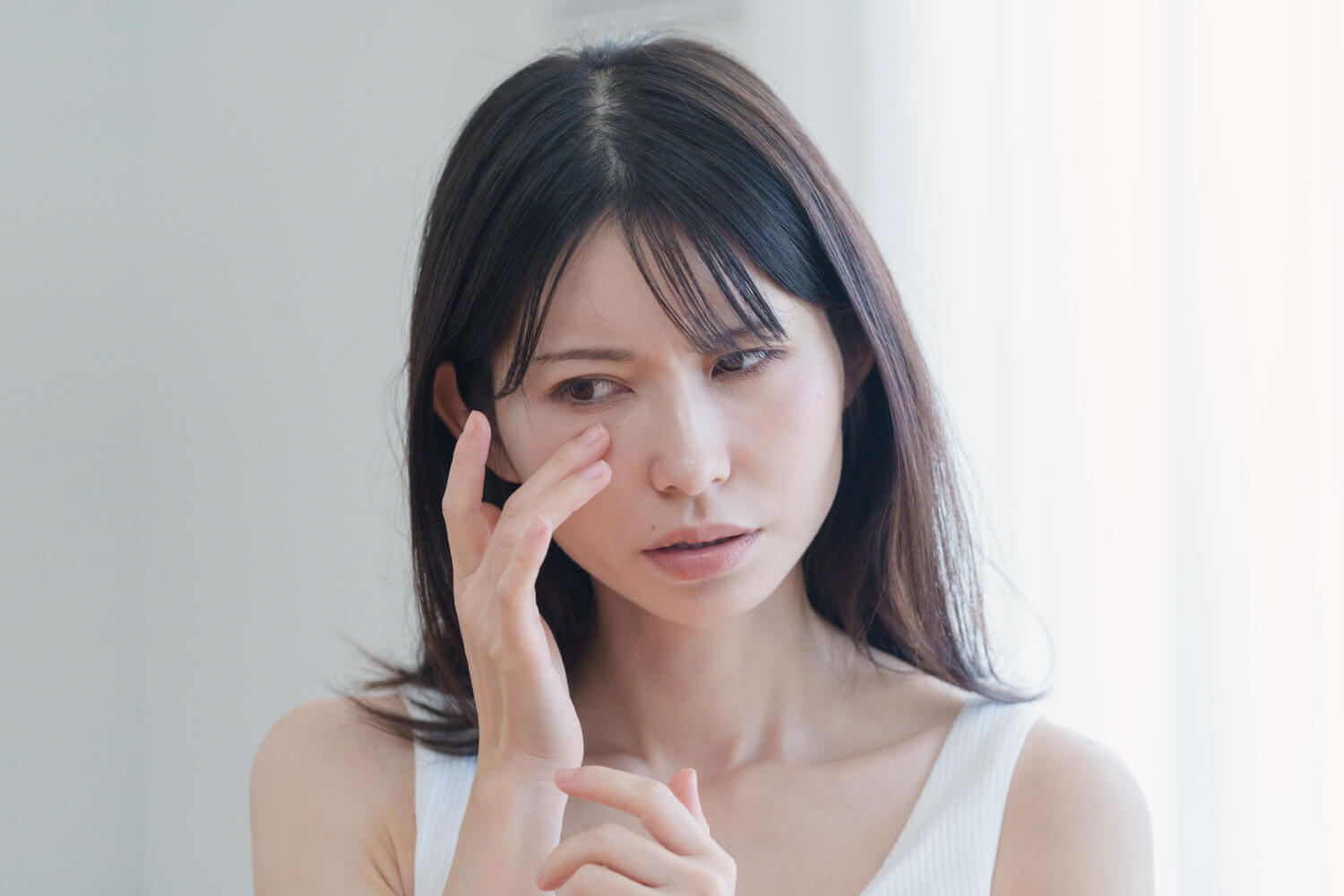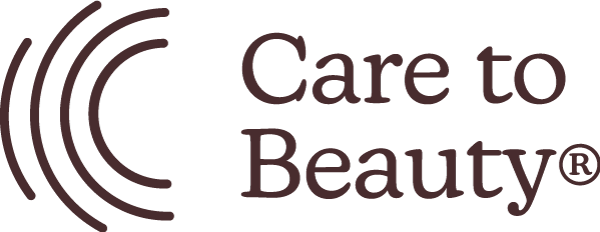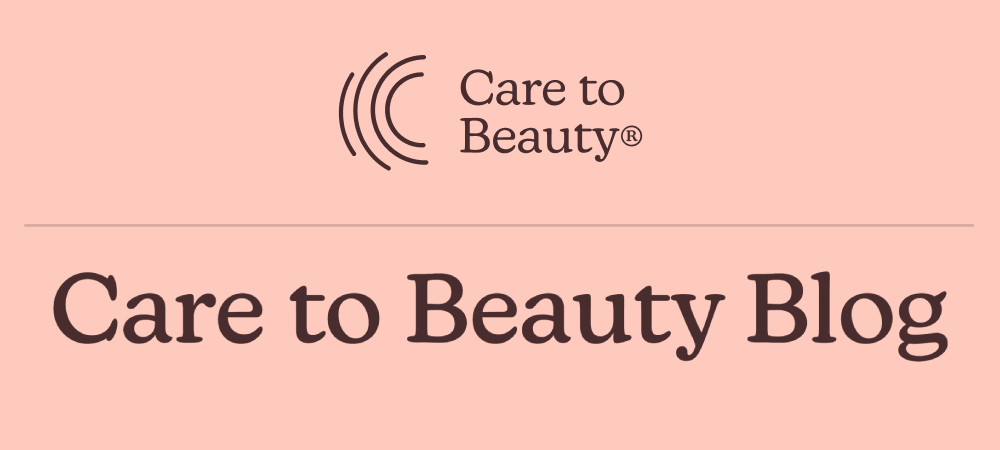
Seborrheic dermatitis isn’t an easy name to write, but it’s a relatively easy skin condition to understand: the symptoms are usually redness, flaking, and peeling which can affect all sorts of areas of the face–such as the nose, eyebrows, and hairline–and body. Although seborrheic dermatitis is a chronic condition, it’s very easy to manage the symptoms if you use the right products.
On this post:
- What is seborrheic dermatitis?
- Causes of seborrheic dermatitis
- Symptoms of seborrheic dermatitis
- Dos and don’ts for skin with seborrheic dermatitis
- Seborrheic dermatitis skincare
What is seborrheic dermatitis?
Seborrheic dermatitis is a chronic skin condition that affects “oily” areas of the body: the face, hairline, and scalp are often the most affected areas, followed by the chest, upper back, belly button, and various skin creases. Wherever there are sebaceous glands producing a decent amount of skin sebum, there’s a chance of developing seborrheic dermatitis.
This condition typically manifests as red patches and greasy scales on the skin, often accompanied by itching and discomfort–we’ll go through the symptoms in just a second. It can affect people of any age, but two age groups tend to experience it the most often: babies (though we call their seborrheic dermatitis “cradle cap”) and adults between the ages of 30 and 60. Those with oily skin are more likely to experience seborrheic dermatitis.
Causes of seborrheic dermatitis
The exact cause of seborrheic dermatitis isn’t clear (science is still trying to figure that one out), but researchers have found that there may be multiple factors at play. According to studies, “the onset of [seborrheic dermatitis] appears linked to the interplay of normal microscopic skin flora (especially Malassezia spp.), the composition of lipids on the skin surface and individual susceptibility.”
In other words: we don’t quite know what causes seborrheic dermatitis, but we do know the yeast Malassezia (which is naturally present on the skin), the characteristics of the sebum that’s produced by the skin, and individual sensitivity are all likely to play a part. Genetic factors may also be at play.
Beyond this, we also know that some scenarios are more likely to trigger episodes (or flare-ups, if you’d prefer) of seborrheic dermatitis than others. Stress, for example, can often trigger flare-ups, as can hormonal changes, harsh weather conditions (especially on the cold and dry side of the spectrum), and some medications.
Certain medical conditions, such as HIV, lymphoma, or Parkinson’s, can also increase the risk of developing seborrheic dermatitis.
Symptoms of seborrheic dermatitis
We’ve mentioned that seborrheic dermatitis often manifests as red patches and greasy scales on the skin–now it’s time to get specific.
Seborrheic dermatitis can manifest in a variety of ways, but common symptoms often include:
- Redness. A red rash, which can develop anywhere on the skin, including the face, is a common symptom of seborrheic dermatitis;
- Dry and flaky patches or, in alternative, greasy and scaly patches. These patches can develop anywhere on the body, including the face;
- Itching. Patches of seborrheic dermatitis can be uncomfortable and itchy, both on the skin and on the scalp;
- Dandruff. When seborrheic dermatitis develops on the scalp, the flaky or scaly patches can cause dandruff.
We’d like to single out two areas of the body where seborrheic dermatitis often goes unnoticed: the nose and the eyebrows.
People will often notice flaking, peeling skin on the nose (usually the sides of the nose and the creases at the base) and attribute that skin condition to dryness. Often, it’s seborrheic dermatitis! The same can be said of the eyebrows: flaky eyebrows are often a sign of seborrheic dermatitis.
Dos and don’ts for skin with seborrheic dermatitis
Seborrheic dermatitis is relatively easy to manage, but it is important to follow some simple skincare tips. In this section, we will share some things you should do, and some things you should try to avoid whenever possible:
Do this if you have seborrheic dermatitis
To help you manage seborrheic dermatitis, here are some of our best tips:
- See a dermatologist. Seborrheic dermatitis is a common and manageable skin condition, but there’s no need to tackle it alone. A skin professional will help you figure out the best solutions for your needs;
- Cleanse your skin gently. Seborrheic dermatitis has nothing to do with being “dirty” or “unhygienic”, but some people may get their impression and adopt some pretty extreme skin cleansing regimes. Avoid these at all costs! Wash your face twice a day, shower as needed, and use gentle products. We recommend a few below;
- Use a specific shampoo for seborrheic dermatitis. Because seborrheic dermatitis can get pretty uncomfortable when it affects the scalp, it’s a good idea to use a shampoo that’s been speficically developed for dandruff and a flaky, itchy scalp;
- Protect your skin from triggers. As we’ve seen, extremely weather can trigger episodes of seborrheic dermatitis, so it’s a good idea to keep your skin shielded from these and other environmental aggressions.
Avoid this if you have seborrheic dermatitis
Stop using your usual creams on the affected areas. A lot of people, when they see that their skin is peeling, think, mistakenly, that it needs more hydration and nutrition. As a consequence, they apply a bunch of very heavy creams and find it surprising when their skin gets worse. As we’ve seen, seborrheic dermatitis often appears in oily areas of the skin, so the last thing you should do is increase the amount of oil on the skin. It will only worsen the situation in the long run.
Seborrheic dermatitis skincare
A lot of brands have specific formulas for seborrheic dermatitis and they are usually easily identifiable by the use of the acronym “DS”. You can find all of the seborrheic dermatitis treatments on our website, but we’ll highlight some of our favorites for you:
- Regarding cleansing, there are two specific products we like: the CeraVe Micellar Cleansing Water, a micellar water that preserves the skin barrier with minimal ingredients, and the Bioderma Sensibio DS+ Purifying Soothing Cleansing Gel, which is a practical cleansing gel;
- For specific creams to help you manage the condition, we like the Bioderma Sensibio DS+ Soothing Purifying Cream, and the ISDIN Nutradeica Facial Gel Cream Seborrheic Skin.
Now that you know a little more about seborrheic dermatitis, you’ll be able to manage your symptoms with ease–goodbye flaky nose and flaky eyebrows! Browse our full selection of products for seborrheic dermatitis in the shop, and find the ones that best suit your needs: from facial cleanses and shampoos to treatment creams, you’ll find everything you need here.
Pharmacy Technician & Beauty Writer


